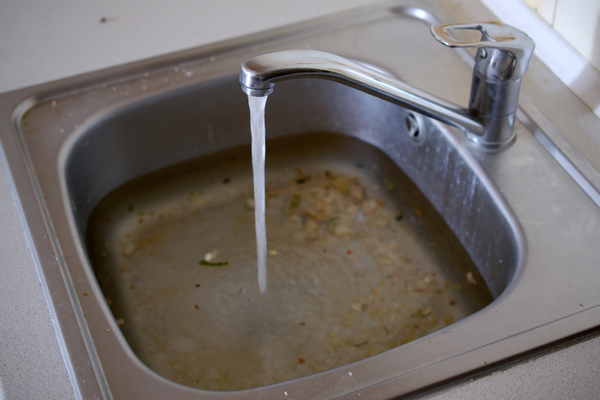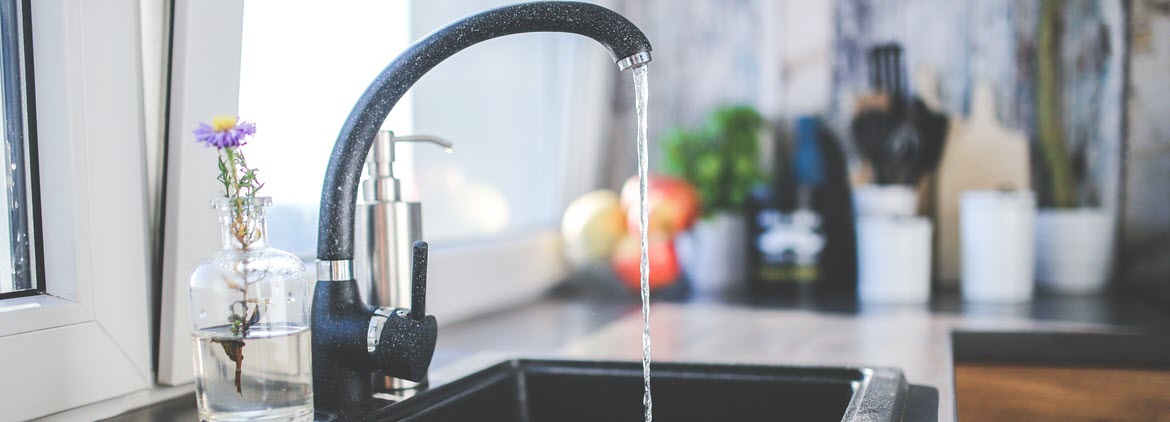Strategies for Clearing a Blocked Drain Before Consulting Plumbing Professionals
Strategies for Clearing a Blocked Drain Before Consulting Plumbing Professionals
Blog Article
Right here below you can find lots of very good facts pertaining to How to handle a clogged drain in your home.

Introduction
Managing an obstructed drainpipe can be a frustrating experience, disrupting day-to-day tasks and possibly triggering damage to your property. Nonetheless, prior to reaching out to plumbing specialists, there are steps you can take to resolve the problem yourself. In this overview, we'll discover DIY solutions and preventive measures to deal with a blocked drainpipe successfully.
Recognizing the Concern
The first step in dealing with an obstructed drainpipe is recognizing the indications. Slow water drainage, gurgling noises, foul odors originating from drains, or water support up prevail signs of an obstructed drainpipe. Recognizing these signs early can aid prevent further problems.
Choosing the Right Plumbing Solution
When choosing a plumbing solution, take into consideration aspects such as experience, licensing, and consumer reviews. Select a trusted plumbing with a record of quality workmanship and clear rates methods.
Cost Factors to consider
The cost of expert drainpipe cleaning company can vary depending upon the seriousness of the clog and the plumbing's rates. Demand quotes from numerous suppliers and ask about any service charges to guarantee transparency and prevent surprises.
Security Measures
When trying do it yourself drainpipe cleansing, focus on safety and security. Wear safety gloves and glasses to prevent contact with damaging chemicals or microorganisms. Never ever mix different drain cleansing items, as this can produce hazardous fumes.
Instance Studies
Real-life examples show the efficiency of do it yourself services and the significance of prompt professional treatment in resolving drainpipe blockages.
Common Root Causes Of Obstructed Drainpipes
Understanding the variables that add to drain obstructions is necessary for reliable resolution. Typical offenders include hair, soap scum, oil, food particles, and international items like sanitary products or paper towels. Tree origins attacking below ground pipes can likewise create significant obstructions.
Do it yourself Solutions
For minor clogs, numerous do it yourself services can be efficient. Putting boiling thin down the drainpipe can aid dissolve grease and particles. Baking soda and vinegar or a combination of salt and cooking soft drink can work as all-natural cleaners. Utilizing a bettor or plumbing snake to displace obstructions is one more option.
Tools and Devices
Having the right devices on hand can make DIY drain cleaning extra reliable. A plunger is a versatile device for getting rid of obstructions in sinks, toilets, and showers. A plumbing serpent or auger can reach deeper obstructions, while drainpipe cleansing chemicals can be made use of meticulously for persistent clogs.
Preventive Measures
To prevent future obstructions, embracing safety nets is important. Install drain guards or filters to catch hair and particles prior to they enter the pipelines. Consistently flush drains with hot water to liquify grease accumulation, and prevent dealing with oil or strong waste down the tubes.
When to Call a Specialist
While do it yourself services can resolve small clogs, particular indications suggest the demand for professional assistance. Relentless clogs, foul odors in spite of cleansing efforts, or numerous drains backing up simultaneously are red flags that necessitate expert intervention.
Final thought
By complying with the pointers outlined in this guide, you can effectively tackle blocked drains pipes and protect against future pipes issues. Whether choosing DIY remedies or looking for specialist help, punctual activity is vital to keeping a healthy and balanced plumbing system and protecting the stability of your home.
WHAT I LEARNED FROM TRYING TO DEAL WITH A CLOGGED DRAIN
We have had our share of seepages and other annoying things that are part of living, especially in an apartment complex. And if there’s one thing that’s terrifying for a homeowner—or even someone in a rented home—it is a clogged drain, indoors or outdoors.
We enjoy our living space, but it’s simply a fact of life that dead skin, soap and a host of other items go down the drain; eventually, the residue builds up and prevents anything from moving. Ugh.
Not Calling A Professional
Of course, it might seem simple to just whip the pipe off under the sink and see if you can unblock it. Unfortunately, what if the blockage isn’t there, or you don’t reconnect it properly? Worse, you might break a piece and have no drainage system. Can you imagine that scene? Yuck!
Not Watching Your Waste
This will sound d’uh, but the best tip I can give you for drain cleaning is to avoid clogging the drain in the first place! You can do this by monitoring what goes down the drain and catching the items which are most likely to give you a problem. Invariably hair, vegetable peels, and large wads of toilet paper are the most obvious culprits. Add a filter—these are available in hardware stores and can be removed and cleaned easily.
Poking The Drain
The first urge with a clogged drain is to poke at it with a stick or anything that resembles a stick. Sadly, this does not result in magically solving the issue. The mental image is, naturally, one of the stick just pushing through the offending item and all is well again. Reality is quite different and unpleasant and likely to lead to further problems.
The thing is, every drain has a series of bends that are not visible to us. Drains are built this way to prevent gases from entering the house. What happens when you poke a stick into the drain? Of course, it can’t bend around the corner. The more adventurous people will use force and end up wedging the stick or causing it to break off in the pipe—creating an even bigger issue. Worst thing? The stick will shift the block further down the pipe, creating the space for more to collect. Go ahead! Roll your eyes!
Using The Wrong Plunger
You know what they say: the right tool for the right job! Did you know there are different types of plungers besides the basic one we keep at home for an emergency? Yes, there are. For example, the toilet plunger has a bell-shaped bottom while the sink plunger is flat. This is an important difference and using the wrong plunger will be useless. There’s also a knack in using plungers—they must be placed in such a way that they create an airtight seal and then, moved slowly up and down—not as fast as we imagine.
https://vidyasury.com/2018/01/learned-trying-deal-clogged-drain.html

I discovered that page about Some easy tips to fix blocked drains while doing a lookup on the search engines. Sharing is nice. You just don't know, you may very well be helping someone out. Many thanks for your time. Come back soon.
Call Report this page